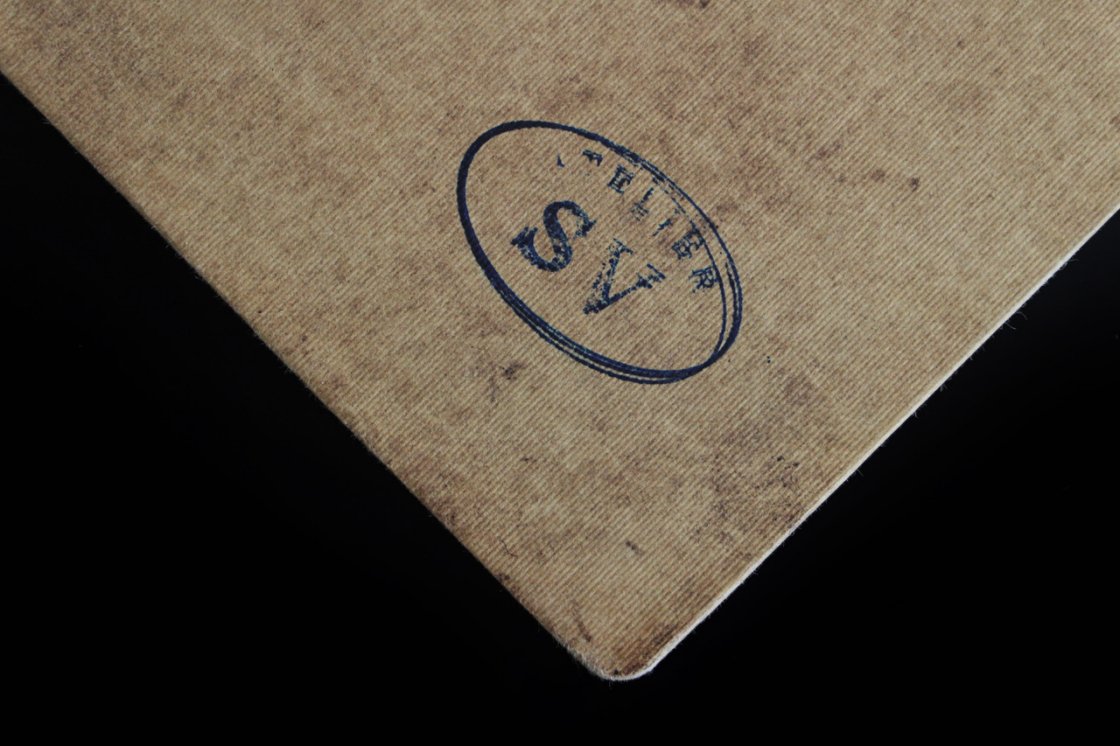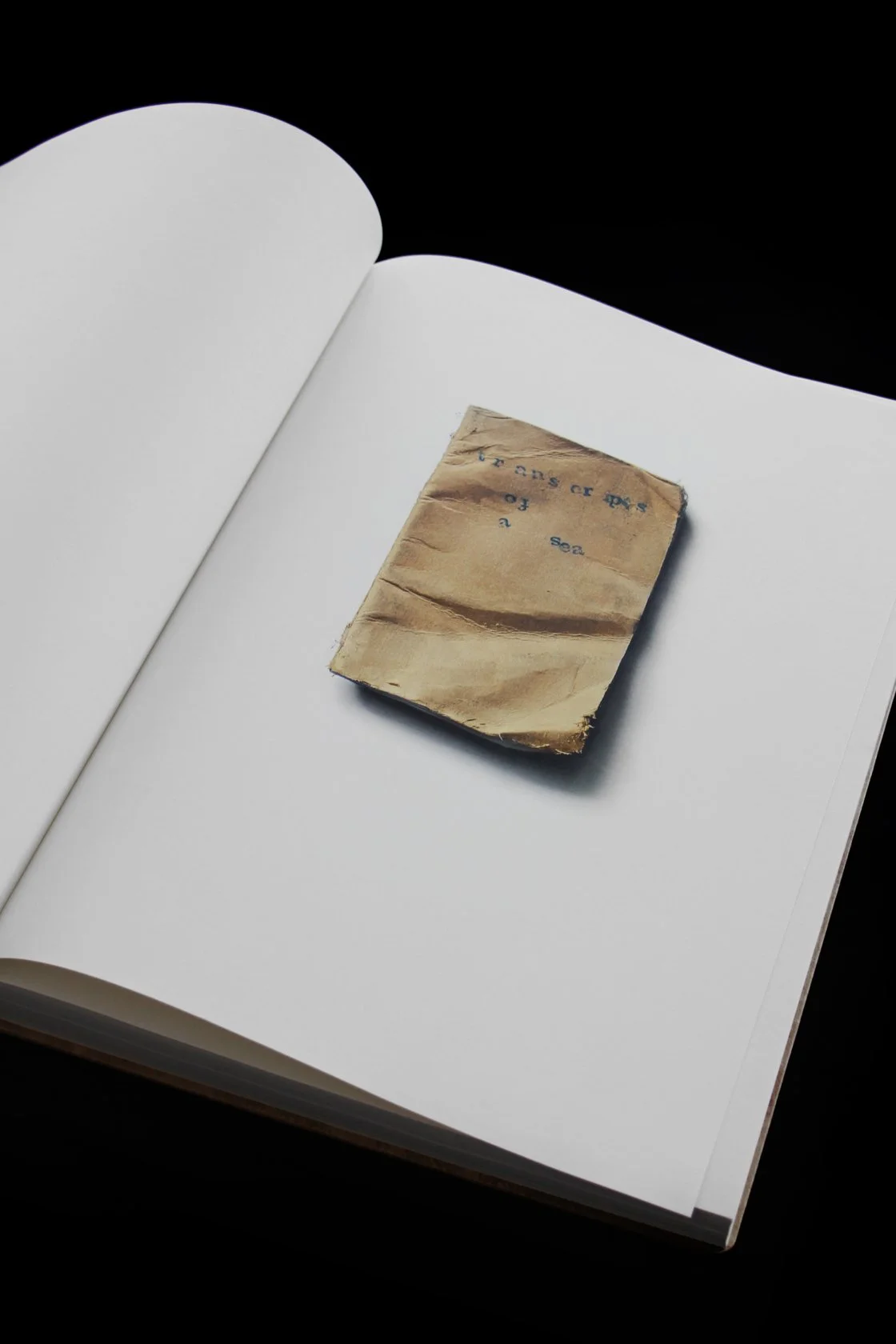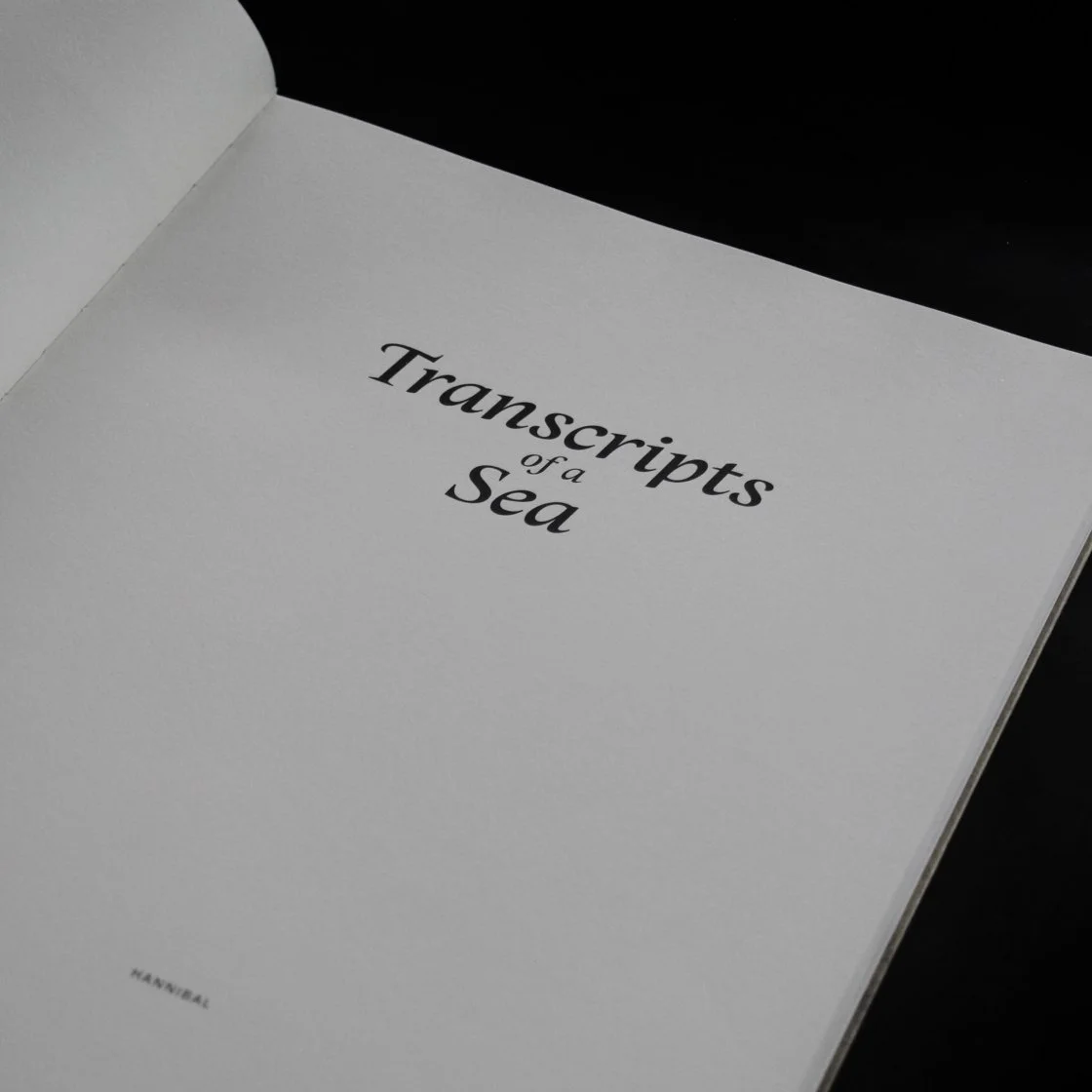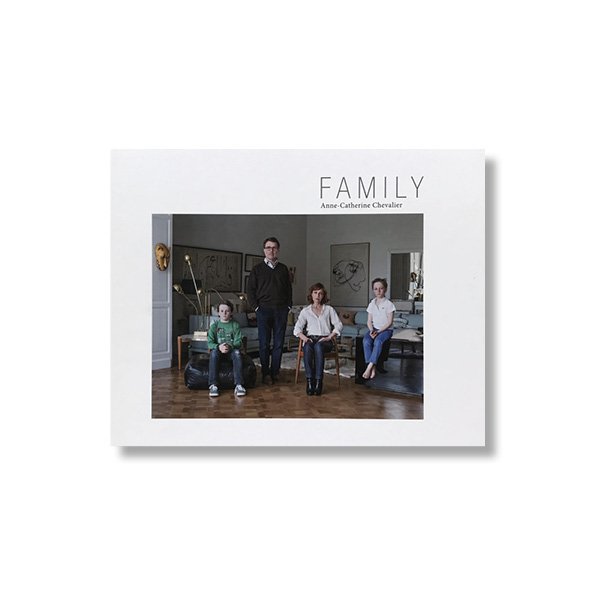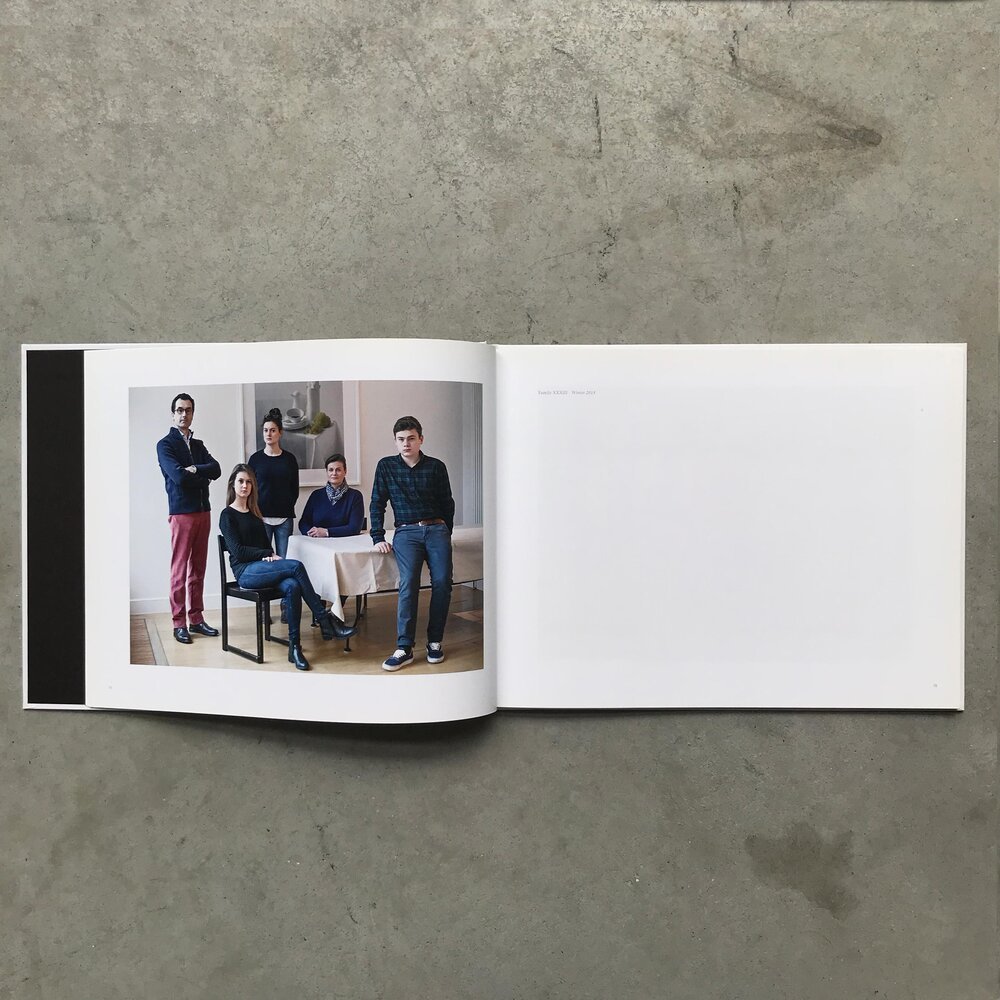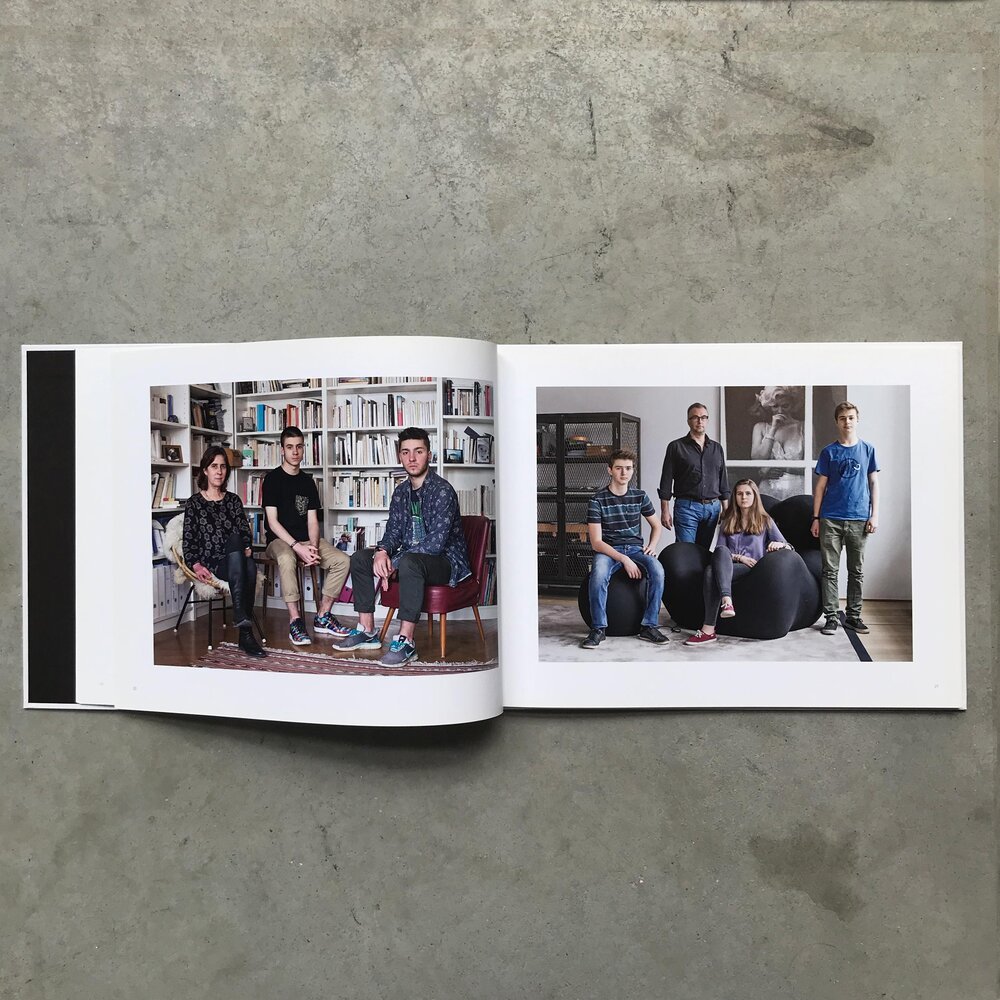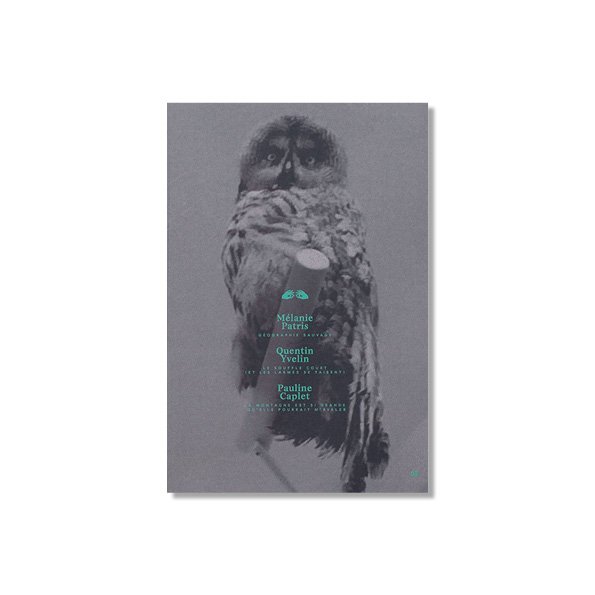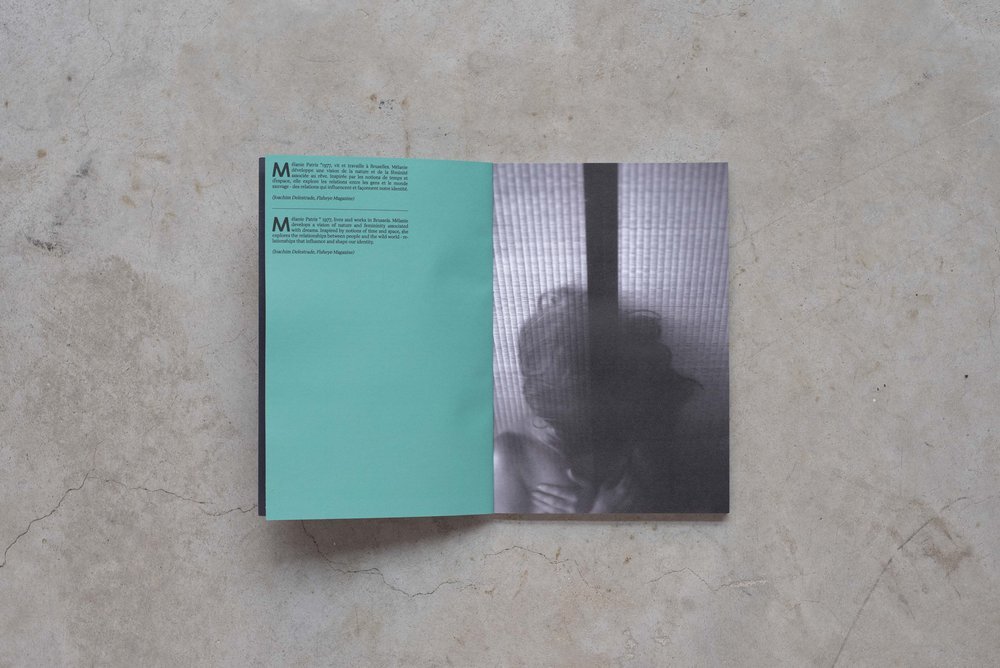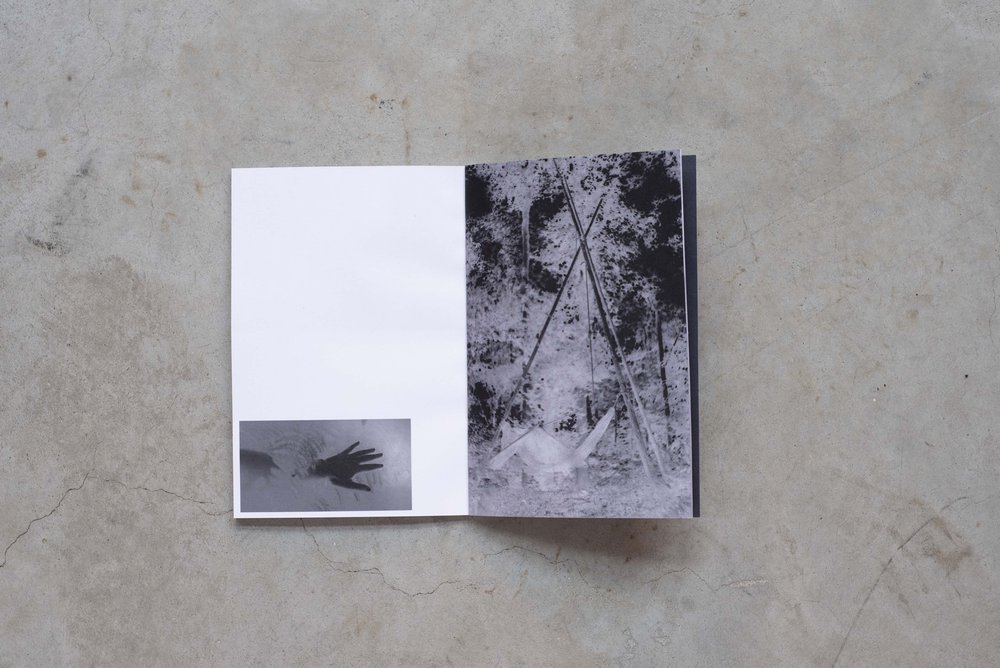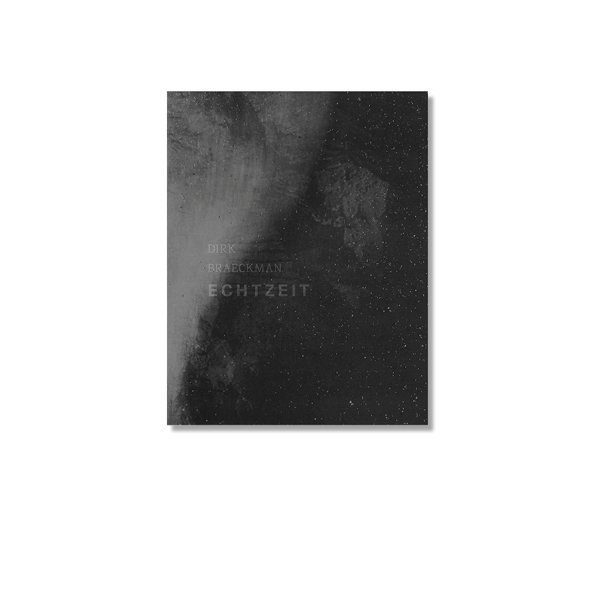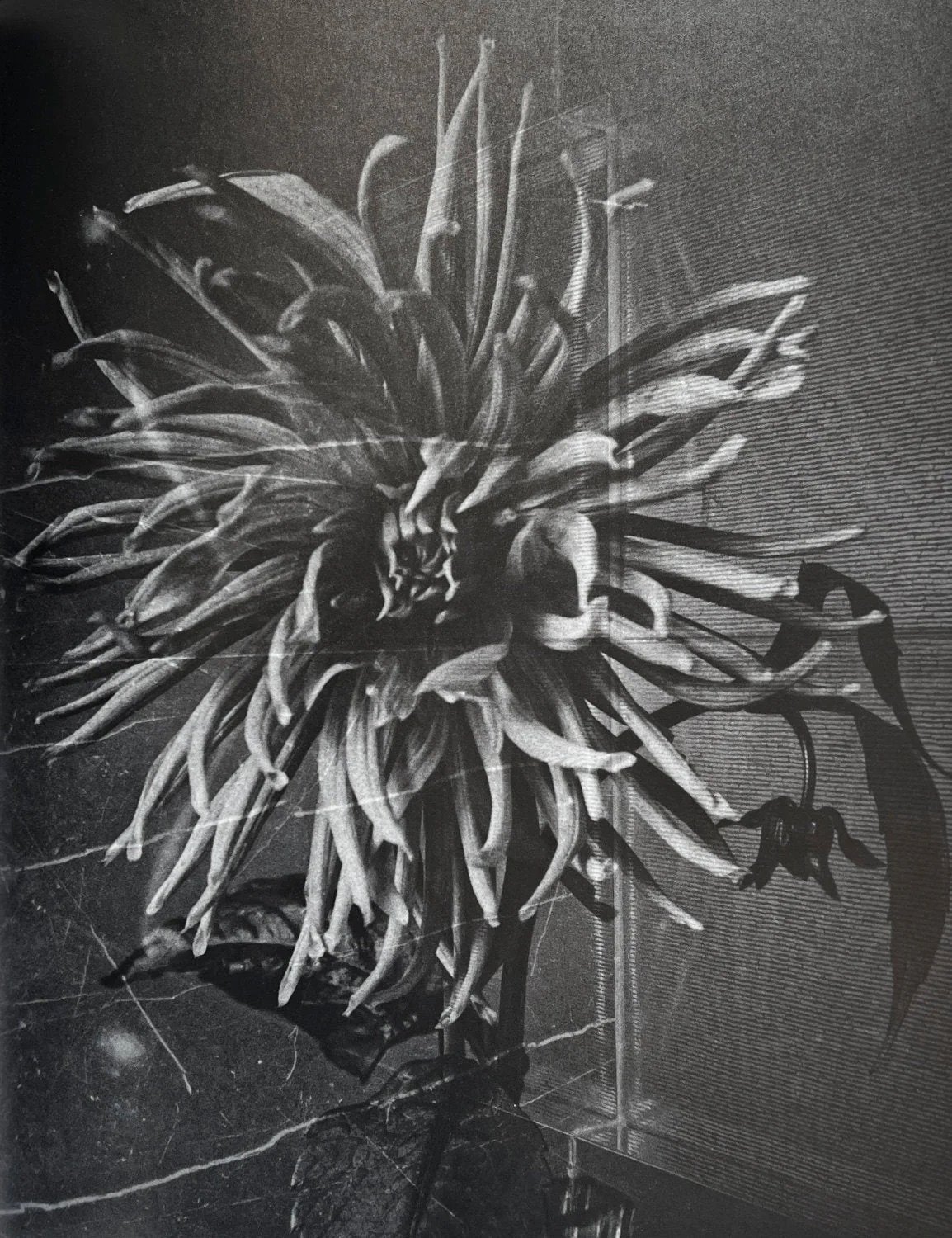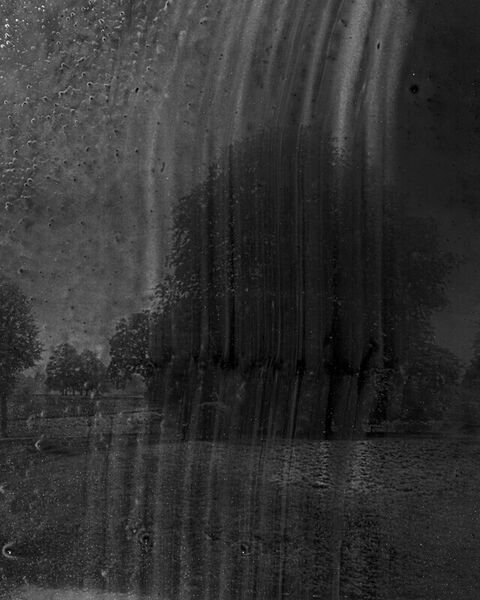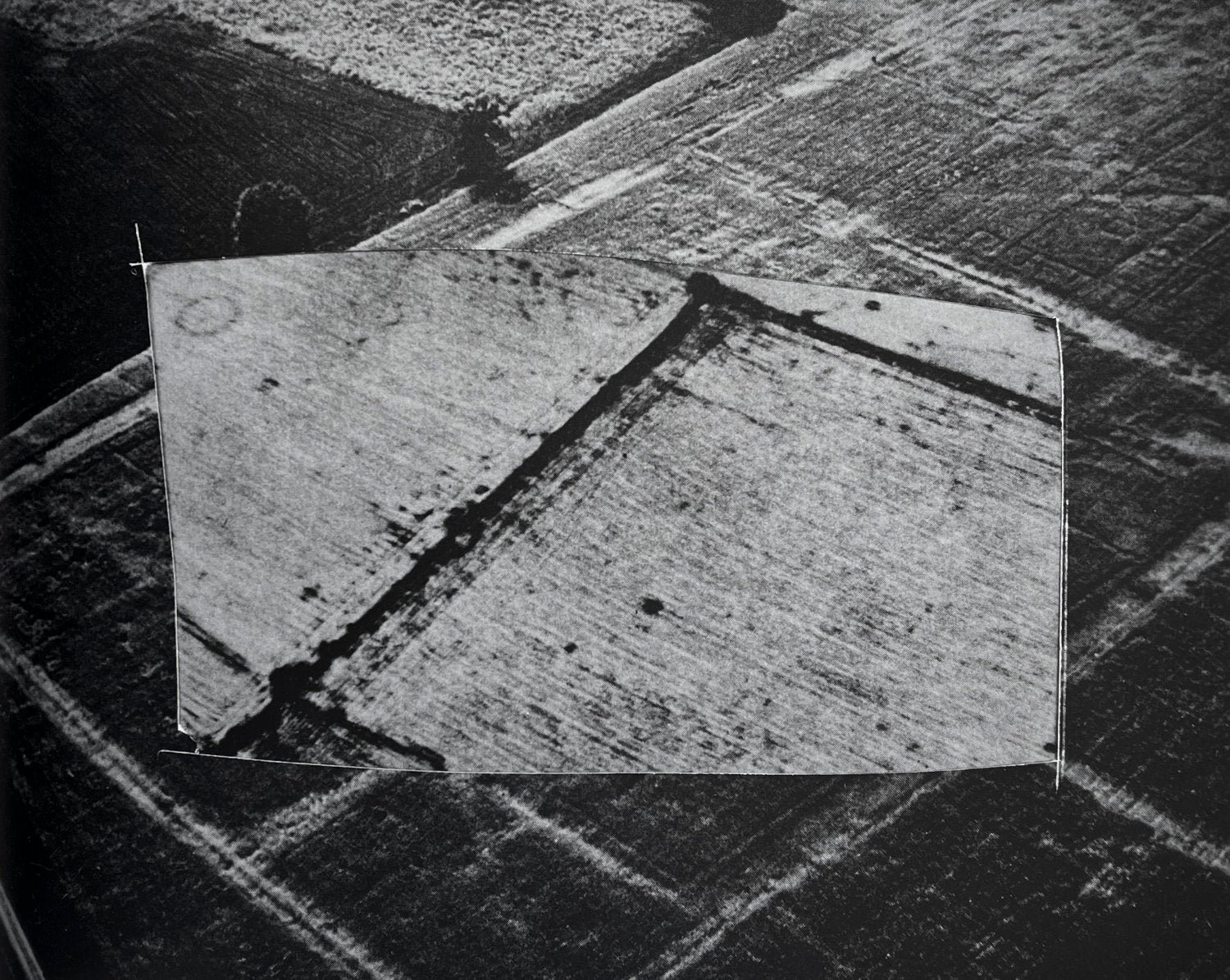 Image 1 of 22
Image 1 of 22

 Image 2 of 22
Image 2 of 22

 Image 3 of 22
Image 3 of 22

 Image 4 of 22
Image 4 of 22

 Image 5 of 22
Image 5 of 22

 Image 6 of 22
Image 6 of 22

 Image 7 of 22
Image 7 of 22

 Image 8 of 22
Image 8 of 22

 Image 9 of 22
Image 9 of 22

 Image 10 of 22
Image 10 of 22

 Image 11 of 22
Image 11 of 22

 Image 12 of 22
Image 12 of 22

 Image 13 of 22
Image 13 of 22

 Image 14 of 22
Image 14 of 22

 Image 15 of 22
Image 15 of 22

 Image 16 of 22
Image 16 of 22

 Image 17 of 22
Image 17 of 22

 Image 18 of 22
Image 18 of 22

 Image 19 of 22
Image 19 of 22

 Image 20 of 22
Image 20 of 22

 Image 21 of 22
Image 21 of 22

 Image 22 of 22
Image 22 of 22























Katherine Longly / To tell my real intentions, I want to eat only haze like a hermit.
Eating is never just a technical act.
A source of pleasure or a control tool over one’s body, a way to connect with people or solitary delight, uninhibited or generating anxiety, our relationship with food can take different faces. It is intimately connected to our emotions and acts as a subtle revealer of our social and family history. But where does it lay its foundations?
Katherine Longly was overweight when she was a child. Between control and pleasure, her link with food is always occupied by the ghost of those childhood memories, which shape the image of oneself with force and persistence. During several residencies in Japan, the artist interviewed ten people with different ages and backgrounds, with or without eating disorders, on the subject of their relationship with food and their bodies, and asked them to illustrate this relationship from their point of view, using a disposable camera.
We can thus understand how Yuki sank into anorexia, little by little, to end up being only able to swallow liquids; how Ren managed to protect herself from the outside world thanks to her mother’s bentos; how Kenichi reacted when he was categorised “metabo” after having his waistline measured by the municipality; how Mina managed to reconnect with a missing mother while cooking with her brothers; or how Rika has been able to hide her bulimia from everyone for more than twenty years.
At the crossroads of art and anthropology, this project invites everyone to dig to discover where their relationship with food and their body is rooted.
Published by Three Books
206mm x 142mm x 22mm
Main book 224pp / Booklet 40pp
2025
Eating is never just a technical act.
A source of pleasure or a control tool over one’s body, a way to connect with people or solitary delight, uninhibited or generating anxiety, our relationship with food can take different faces. It is intimately connected to our emotions and acts as a subtle revealer of our social and family history. But where does it lay its foundations?
Katherine Longly was overweight when she was a child. Between control and pleasure, her link with food is always occupied by the ghost of those childhood memories, which shape the image of oneself with force and persistence. During several residencies in Japan, the artist interviewed ten people with different ages and backgrounds, with or without eating disorders, on the subject of their relationship with food and their bodies, and asked them to illustrate this relationship from their point of view, using a disposable camera.
We can thus understand how Yuki sank into anorexia, little by little, to end up being only able to swallow liquids; how Ren managed to protect herself from the outside world thanks to her mother’s bentos; how Kenichi reacted when he was categorised “metabo” after having his waistline measured by the municipality; how Mina managed to reconnect with a missing mother while cooking with her brothers; or how Rika has been able to hide her bulimia from everyone for more than twenty years.
At the crossroads of art and anthropology, this project invites everyone to dig to discover where their relationship with food and their body is rooted.
Published by Three Books
206mm x 142mm x 22mm
Main book 224pp / Booklet 40pp
2025












